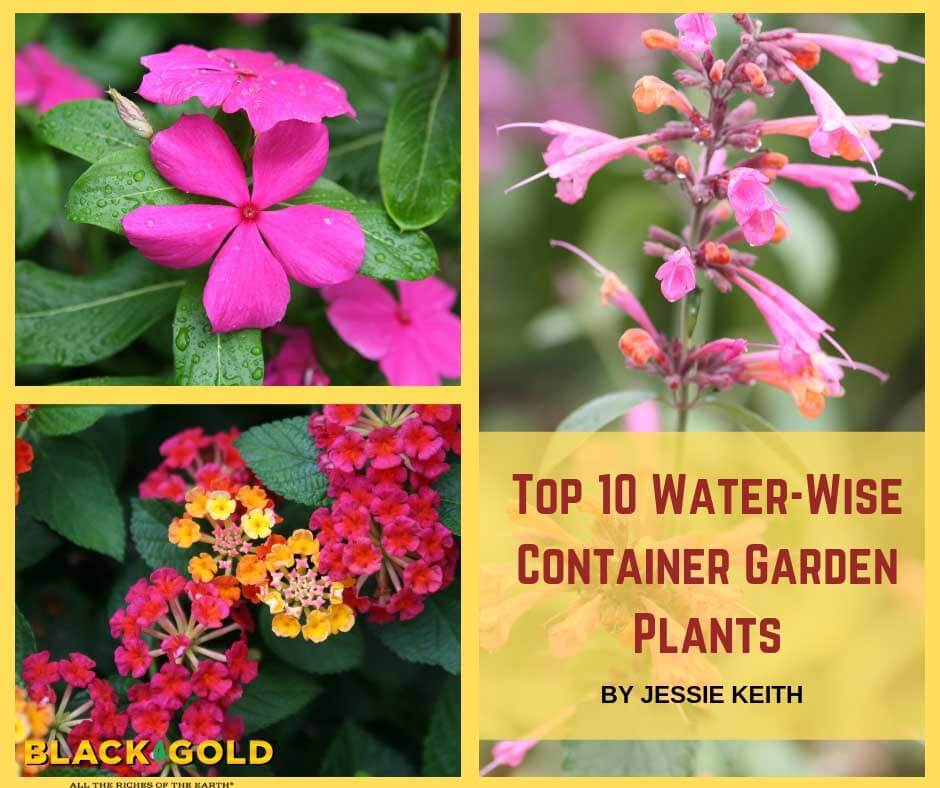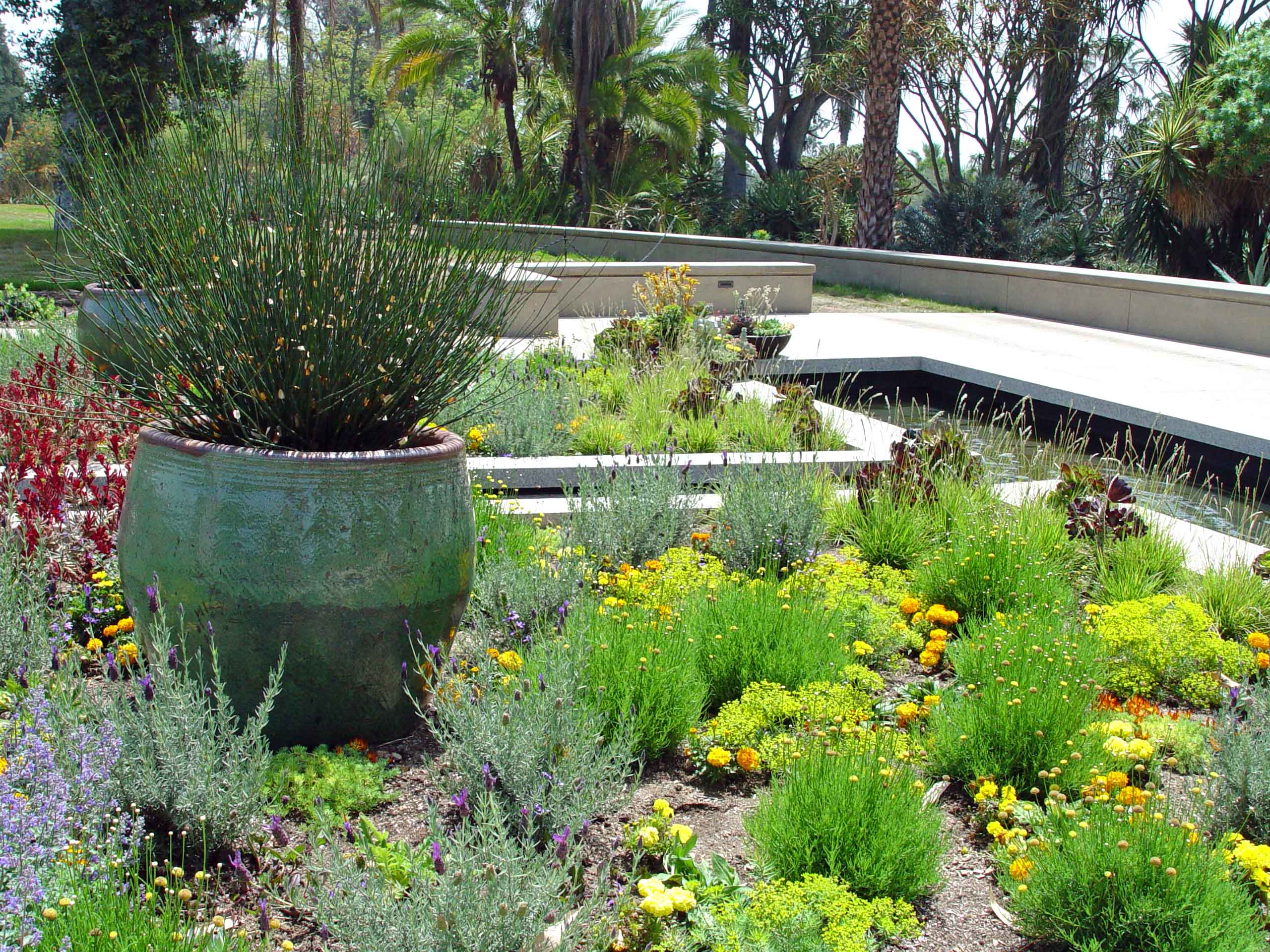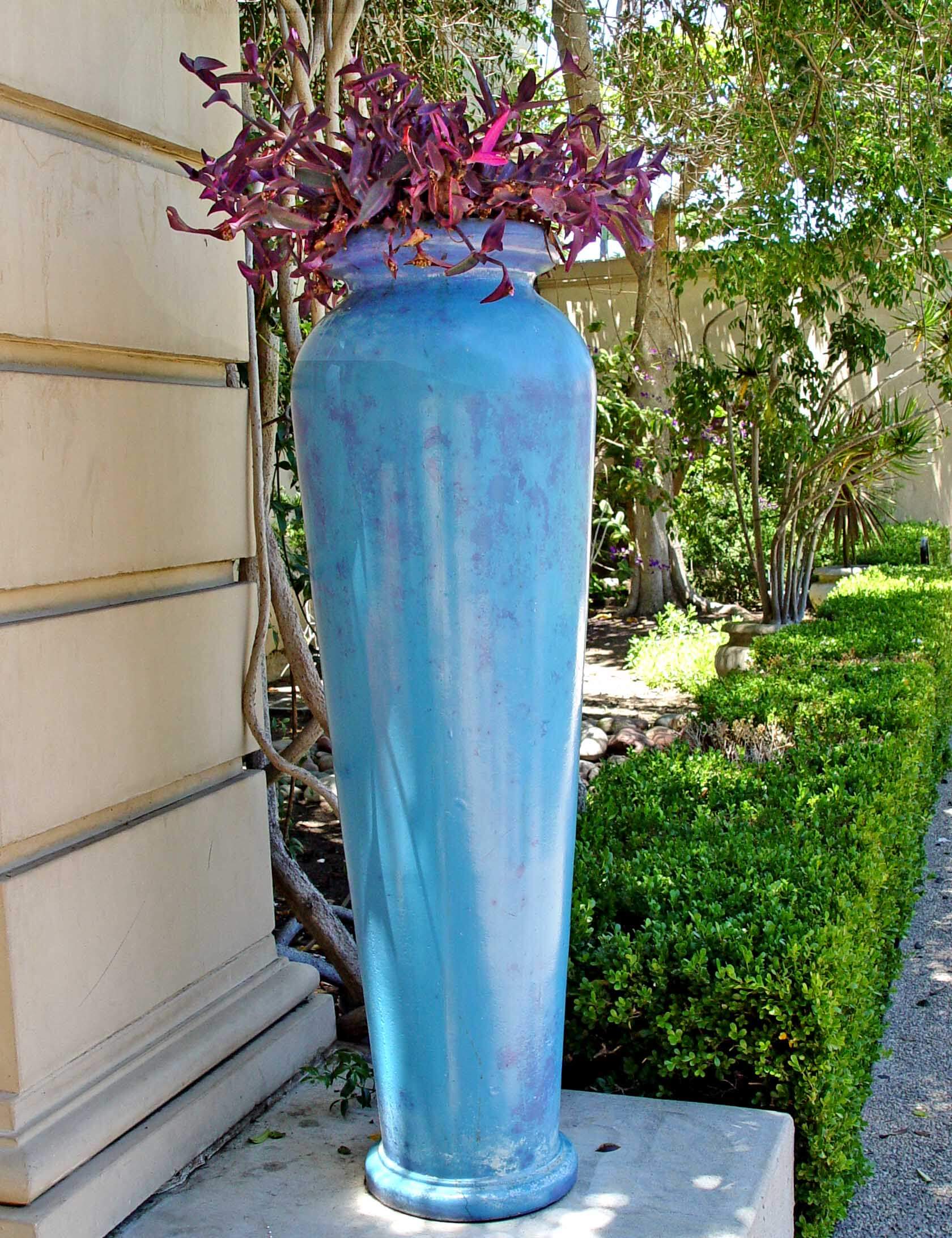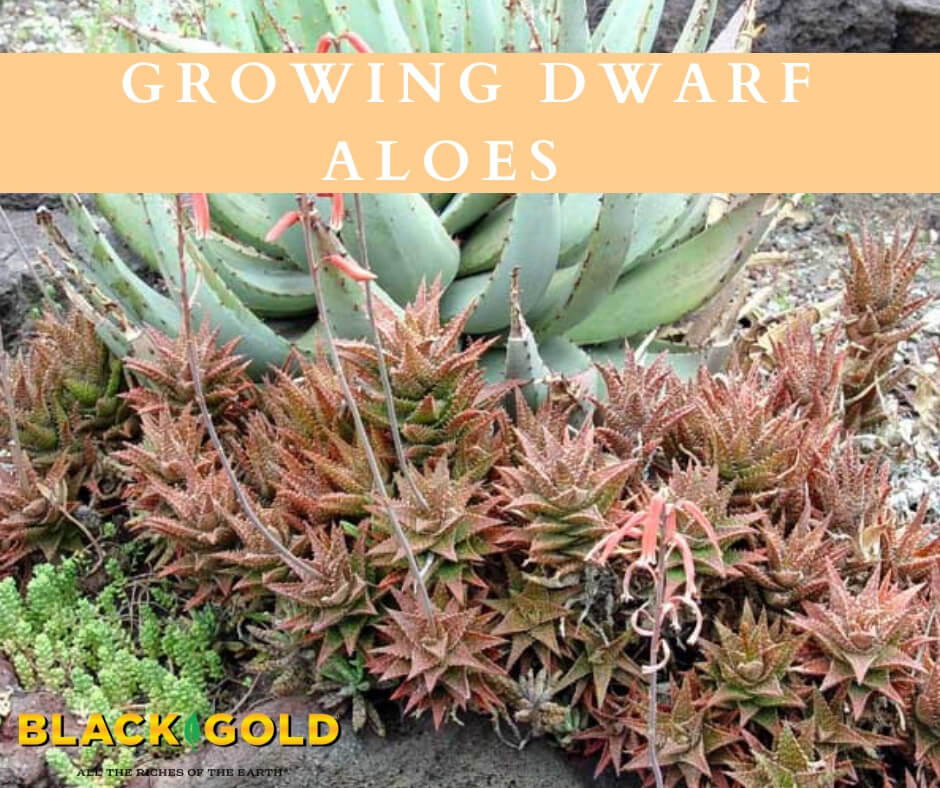
While we ogle big fancy aloes blooming in frost-free gardens, their sensitivity to cold winters limits their cultivation elsewhere. The plants in the same genus as Aloe vera, the popular Arabian species used for skin care, rarely survive the winters of sub-tropical zones. For everyone who cannot grow succulents outdoors year round, like we do in coastal California, welcome to my little aloe world.
South African Beauties

The aloes of southern Africa include some very small species that produce the most exquisite bell-shaped blossoms. They have always reminded me of a lady’s drop earrings because they droop from very thin wiry stems. Even the slightest breeze will send their blooms nodding and swaying. Like the big aloes, they bloom every spring, attracting hummingbirds to porch or patio, and light up a home and sun porch with early spring color.
Most garden aloes hail from the maritime Cape Floristic Region or the east coast of South Africa on the Indian Ocean. These are soft, beautiful, and adaptable. The further inland you go, the larger and stiffer and pricklier the aloe species become, so that big game cannot browse upon them during drought. In the wide, treeless, grasslands of the African veldt the little grass aloes blend into big patches among the grasses.
Collecting Aloes

I began to learn about little aloes by collecting all that I could find, whether named or not. I purchased small ones from succulent racks (without labels), then tested each in my desert garden. I also started new plants from fallen pieces of rare grass aloes gleaned from working at the botanical garden in Palm Springs. Still, more offsets (also unidentified) were shared from friends’ mature aloes. I had a stone slab front entry walk edged with these tiny aloes, potted and in-ground, which provided the jewel box garden I had dreamed of creating.
Planting Aloes
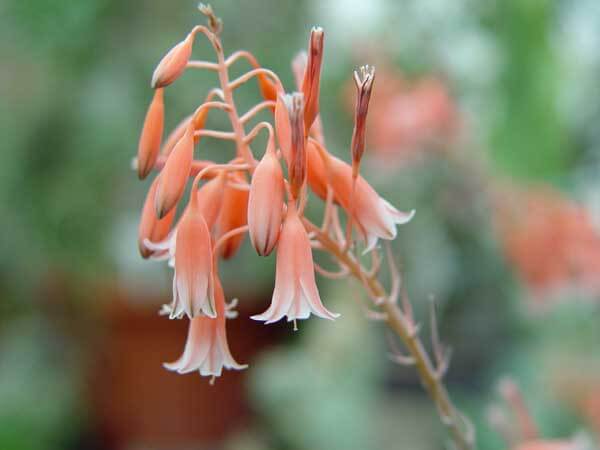
For beginners, aloes are among the easiest succulents to start with because they aren’t finicky. Plant them in Black Gold Cactus Mix to make sure they have supreme drainage. Choose deeper pots for big aloes, because their roots are a lot like a daylily’s, thick and deep. Blend cactus mix with equal amounts of Black Gold All Purpose Potting Soil at a 50-50 ratio to boost fertility and blooming.
It’s easy to know when your potted aloe needs water during the growing season. It should be fully turgid, which means its cells are full of water. Squeeze one, and it should be firm. When they run short of water the cells loose turgidity, stems soften, lose color, and small wrinkles appear on the skin.
Hand water your ground aloes sparingly as many become summer dormant after blooming. Bottom water your little pots by setting them in a pan of water. Allow them to wick up moisture for over an hour’s time, then drain and return them to their place. This will ensure their soil is fully saturated, while keeping water away from your potted aloes’ crowns, where rot begins.
Aloe Sources
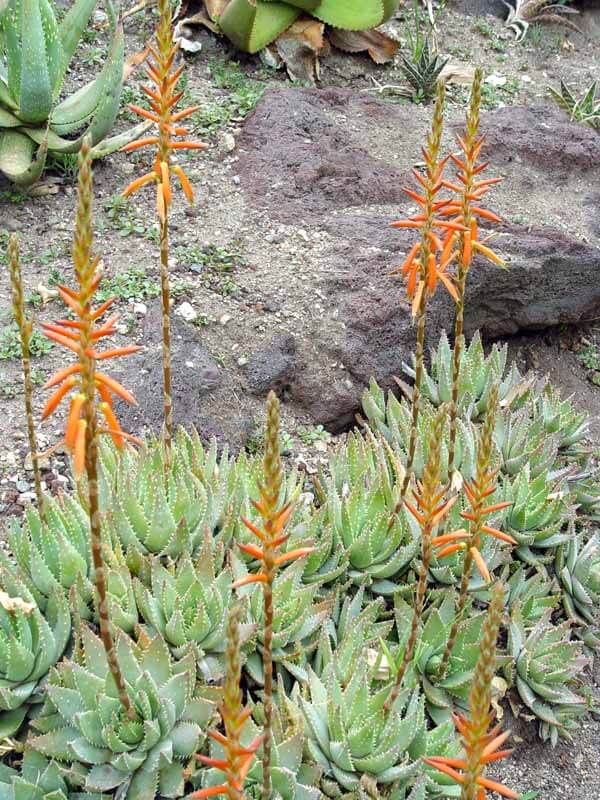
A great selection of little aloes is available at the California succulent nursery, Mountain Crest Gardens. Quality photos, accurate labeling, and excellent cultural information is offered for each plant. And, they will send aloes right to your door, if they aren’t available locally. Everybody can enjoy little aloes no matter where they live!
 Once you have your aloes, know that they will produce offsets or “pups”. This is how they reproduce in very dry climates. To keep a single tidy rosette, remove the offsets that will otherwise spread and change the shape of the overall plant as it ages. When dividing little aloes, it helps to remove them from the pot to surgically sever offsets (maintain stems or roots for better rooting). Root the offsets in a well-drained nursery pot of moistened Black Gold Cactus Mix and keep transplants in the shade until roots form. Then plant them in small pots, so they can grow through the fall before you protect them from frost.
Once you have your aloes, know that they will produce offsets or “pups”. This is how they reproduce in very dry climates. To keep a single tidy rosette, remove the offsets that will otherwise spread and change the shape of the overall plant as it ages. When dividing little aloes, it helps to remove them from the pot to surgically sever offsets (maintain stems or roots for better rooting). Root the offsets in a well-drained nursery pot of moistened Black Gold Cactus Mix and keep transplants in the shade until roots form. Then plant them in small pots, so they can grow through the fall before you protect them from frost.
While there are some hardier aloes, they are few and far between outside tropical and sub-tropical zones. If you live in prime time locations, grow them outside. Where there’s light frost, try pots on the patio. And in cold, rainy, totally unsuitable climates, create your own indoor collection for just $5 per plant and enjoy them year-round.


